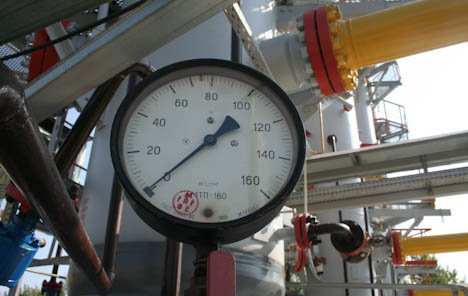BAKU, Azerbaijan, May 6
By Leman Zeynalova – Trend:
Globally, the share of natural gas in total generation is expected to grow from 24 percent in 2019 to 25 percent in 2029, Trend reports with reference to the Fitch Solutions Country Risk and Industry Research (a unit of Fitch Group).
The company believes that the most robust growth in natural gas generation is expected in Asia, however all regions will see a positive rate of growth. “We expect that the decarbonisation of the power mix across countries coupled with technology-driven efficiencies of natural gas power plants will remain key drivers supporting the upward trend for natural gas.”
The report shows that along with more traditional pipeline gas projects, LNG-to-power projects - which usually include an import LNG facility, either an onshore terminal or a floating unit that feeds an onsite power plan - have been growing over the last years.
“Although the LNG-to-power market remains nascent, it shows a lot of potential worldwide, as countries pursue a transition towards more clean energy while looking for an alternative to the pipeline gas,” said Fitch Solutions.
“Falling global LNG prices driven by abundant supplies and a shift toward more flexible LNG delivery contracts, with spot deliveries gaining on popularity, have solidified the interest in LNG-to-power projects worldwide. The expansion of the LNG market over the last couple of years has been the key factor in the development of LNG-to-power concepts. We have identified over 15 projects, which have recently or are expected to come online over the next couple of years. In our view, the access to global markets, expected subdued prices of LNG and intensified regulatory pressure to transition towards clean energy are key drivers behind this trend,” reads the report.
Limited domestic supply of natural gas, insufficient access to natural gas pipeline grid and/or natural gas supply diversification are key factors working in favour of LNG-to-power projects, according to Fitch Solutions.
“Countries reliant on oil in their power mixes are keen on implementing LNG-to-power solutions to decarbonise their economy. We have identified key conditions that are common among countries where LNG-to-power terminals are planned or under construction. First, some of the countries lack pipeline infrastructure, and, depending on their location and regional dynamics, LNG import terminal might be a far more feasible solution, allowing them to access the global natural gas market. As an example, Malta invested in an LNG-to-power project in Delimara, which has been operational since 2018, as the country awaits for relevant approvals for a cross-border pipeline connecting the island with Italy. Brazil has announced a plan to expand its LNG import capacity as it wants to lower its reliance on pipeline gas imports from Bolivia,” the report says.
LNG-to-power projects have also become an alternative for economies which rely on petroleum fuels in their power mix, according to Fitch Solutions.
“That was the case with the project in Gibraltar, where the only power plant was converted from marine diesel to natural gas. Usually, many of the discussed factors mentioned work simultaneously in countries that are currently developing LNG-to-power projects.”
---
Follow the author on Twitter: @Lyaman_Zeyn






